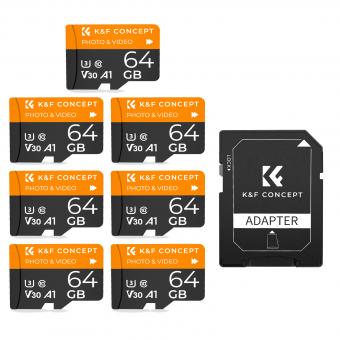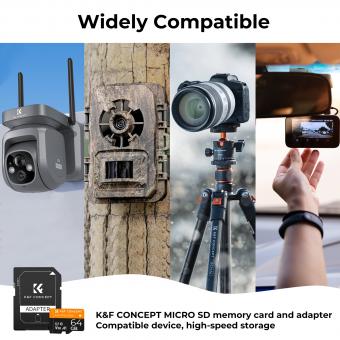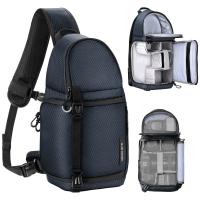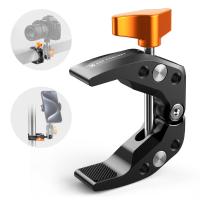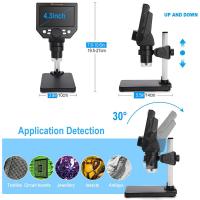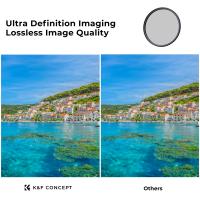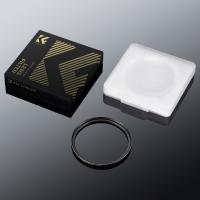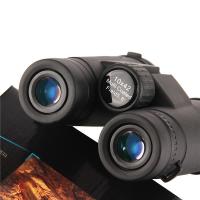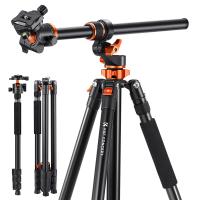How To Avoid Surveillance Cameras ?
Avoiding surveillance cameras can be challenging, but there are a few strategies you can consider. First, you can try to stay in areas with limited or no camera coverage, such as secluded paths or less populated areas. Additionally, wearing hats, sunglasses, or other accessories that partially obscure your face can make it more difficult for cameras to capture your identity. Another option is to use technology like facial recognition-blocking makeup or masks that can help to confuse or evade surveillance systems. However, it is important to note that intentionally avoiding surveillance cameras may be illegal in certain situations or jurisdictions, so it is crucial to understand and respect the laws and regulations in your area.
1、 Utilizing physical barriers and obstructions to obstruct camera view.
Utilizing physical barriers and obstructions to obstruct camera view is one effective method to avoid surveillance cameras. By strategically placing objects or structures in the line of sight of the cameras, you can significantly reduce the chances of being captured on video. This can be done both indoors and outdoors, depending on the location of the cameras.
Indoors, you can use furniture, curtains, or even plants to create obstacles that block the camera's view. Placing a bookshelf or a room divider in front of the camera can also be effective. Additionally, using reflective materials or installing mirrors can create glare or reflections that distort the camera's image.
Outdoors, natural elements like trees, bushes, or tall plants can be used to obstruct the camera's view. If possible, positioning yourself in areas with a lot of foot traffic or crowded spaces can also make it more difficult for cameras to track your movements.
It is important to note that while physical barriers and obstructions can help in avoiding surveillance cameras, they may not guarantee complete privacy. Surveillance technology is constantly evolving, and some cameras may have advanced features like motion tracking or infrared capabilities that can overcome these obstacles. Therefore, it is crucial to stay informed about the latest advancements in surveillance technology and adapt your strategies accordingly.
In addition to physical barriers, it is also important to consider other privacy measures such as using encrypted communication channels, regularly updating your devices' security software, and being cautious about sharing personal information online. By combining these strategies, you can enhance your privacy and reduce the chances of being monitored by surveillance cameras.
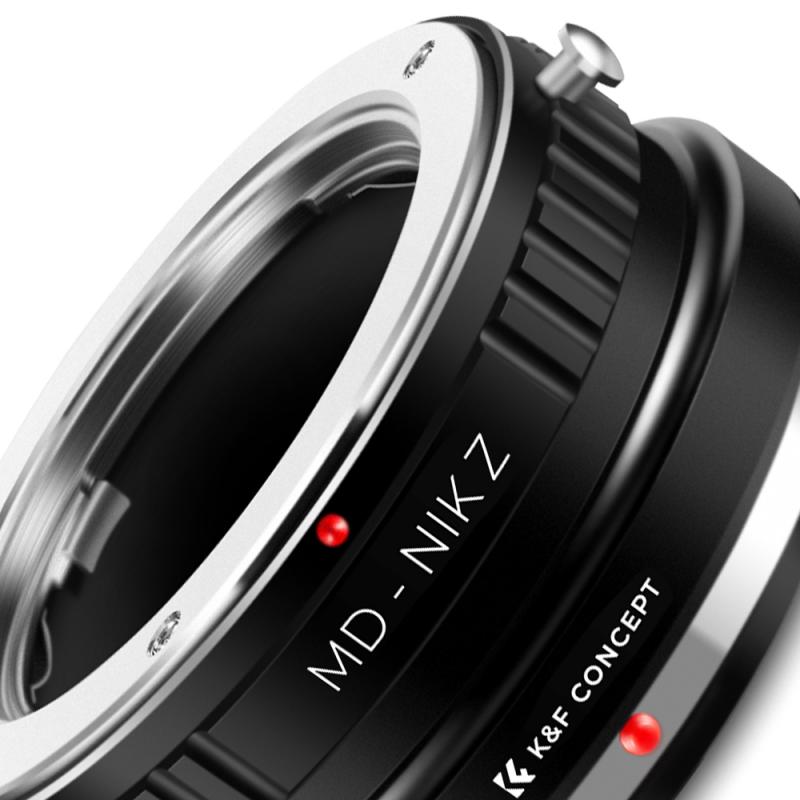
2、 Wearing disguises or altering appearance to avoid identification.
Wearing disguises or altering appearance to avoid identification is one method that can be used to avoid surveillance cameras. This technique involves changing one's physical appearance in order to make it difficult for cameras to capture a clear image of the individual. Disguises can include wearing hats, sunglasses, wigs, or even using makeup to alter facial features.
However, it is important to note that while disguises may help in evading identification by surveillance cameras, they are not foolproof. With advancements in facial recognition technology, cameras can now identify individuals based on various other factors such as body shape, gait, and even clothing patterns. Therefore, relying solely on disguises may not guarantee complete anonymity.
In addition to disguises, there are other methods that can be employed to avoid surveillance cameras. These include:
1. Choosing alternative routes: By avoiding areas with heavy surveillance, individuals can reduce the chances of being captured on camera.
2. Utilizing technology: There are apps and websites available that provide information on the location of surveillance cameras. This can help individuals plan their routes accordingly.
3. Using privacy-enhancing tools: Techniques such as using reflective materials or infrared lights can disrupt the functioning of surveillance cameras, making it difficult for them to capture clear images.
4. Maintaining digital privacy: Being cautious about sharing personal information online and using encryption tools can help protect one's privacy from surveillance cameras that are connected to the internet.
It is important to remember that while these methods may help in avoiding surveillance cameras to some extent, they are not foolproof. As technology continues to advance, so does the capability of surveillance systems. Therefore, it is crucial to stay informed about the latest developments and adapt accordingly to protect one's privacy.
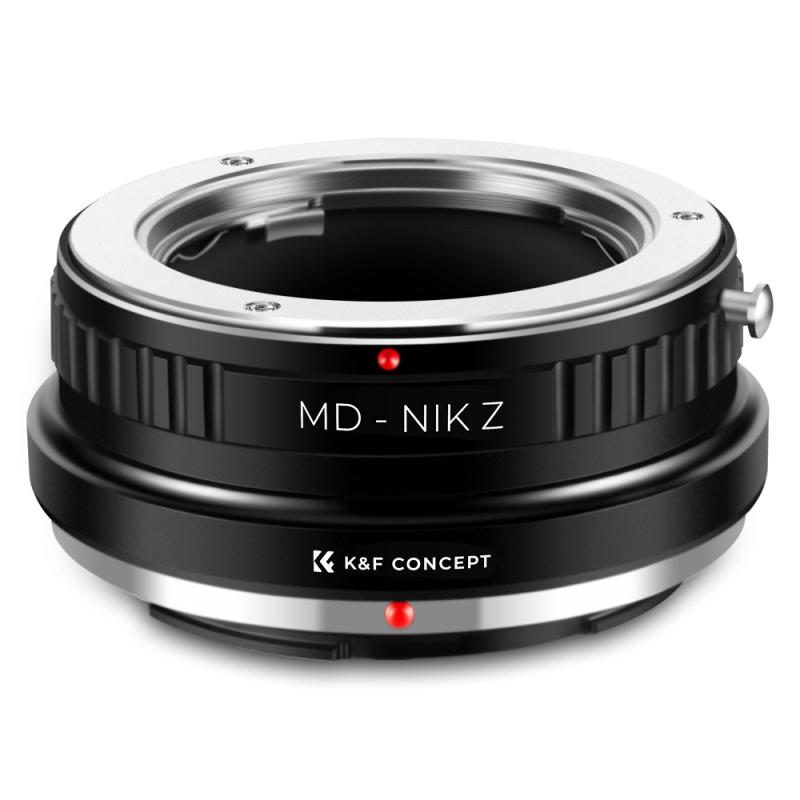
3、 Utilizing technology to detect and disable surveillance cameras.
Utilizing technology to detect and disable surveillance cameras has become increasingly important in today's world where surveillance is prevalent. While it is essential to respect privacy and adhere to legal boundaries, there are a few methods that can be employed to avoid surveillance cameras.
1. Research and plan: Before visiting a location, research and identify areas where surveillance cameras are likely to be present. This can help you avoid those areas or take necessary precautions.
2. Use privacy-focused apps: There are smartphone apps available that can help detect nearby surveillance cameras. These apps use augmented reality or GPS technology to alert users about the presence of cameras in their vicinity.
3. Wear disguises: Wearing hats, sunglasses, or other accessories that partially obscure your face can make it more difficult for surveillance cameras to capture your identity.
4. Utilize anti-surveillance clothing: Some companies have developed clothing and accessories that use reflective materials or patterns to confuse surveillance cameras. These items can make it harder for cameras to capture clear images.
5. Use signal jammers: Signal jammers can disrupt the signals that surveillance cameras use to transmit data. However, it is important to note that using signal jammers may be illegal in some jurisdictions.
6. Utilize infrared lights: Infrared lights emit light that is invisible to the human eye but can interfere with surveillance cameras. By using infrared lights, you can potentially disable or impair the functionality of cameras.
It is crucial to remember that intentionally disabling or tampering with surveillance cameras without proper authorization is illegal in many places. It is always advisable to respect privacy laws and seek legal means to address concerns about surveillance.
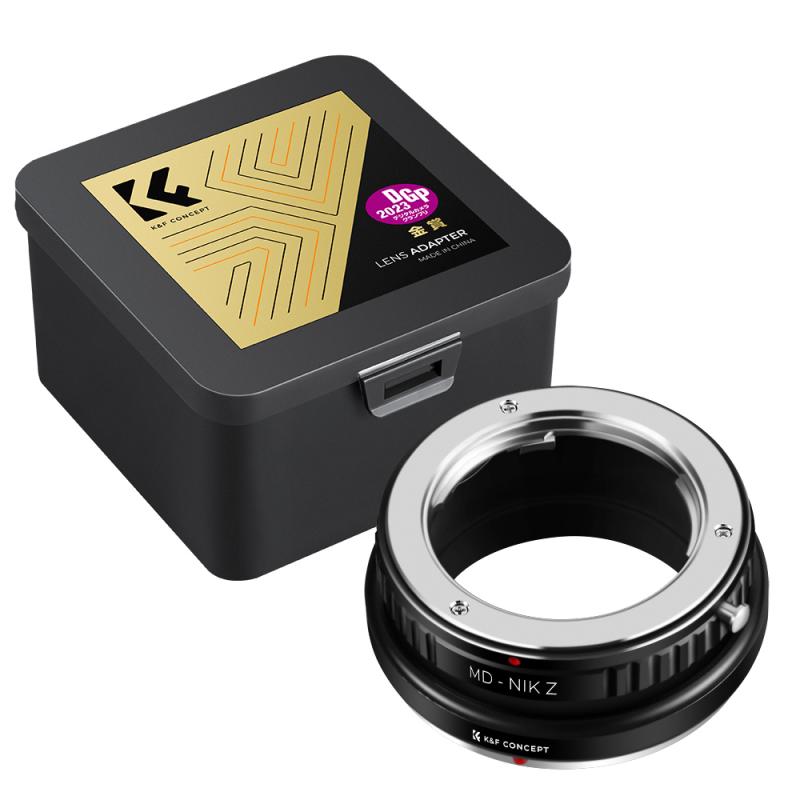
4、 Utilizing encrypted communication methods to avoid detection.
Utilizing encrypted communication methods to avoid detection is one way to enhance privacy and potentially avoid surveillance cameras. Encryption is the process of encoding information in a way that only authorized parties can access it, making it an effective tool for protecting sensitive data from prying eyes.
In the digital age, there are various encrypted communication methods available that can help individuals maintain their privacy. One such method is end-to-end encryption, which ensures that only the sender and intended recipient can access the content of a message. Popular messaging apps like Signal and WhatsApp offer end-to-end encryption, making them a secure choice for communication.
Additionally, using virtual private networks (VPNs) can help mask your online activities from surveillance cameras. VPNs create a secure and encrypted connection between your device and the internet, making it difficult for anyone to intercept your data. By routing your internet traffic through a VPN server, you can effectively hide your IP address and location, making it harder for surveillance cameras to track your online activities.
It is important to note that while encrypted communication methods can enhance privacy, they are not foolproof. Surveillance technology is constantly evolving, and there may be ways for determined entities to bypass encryption or exploit vulnerabilities. Therefore, it is crucial to stay informed about the latest developments in encryption technology and regularly update your communication tools to ensure maximum security.
Ultimately, while utilizing encrypted communication methods can help individuals avoid detection by surveillance cameras, it is essential to adopt a holistic approach to privacy. This includes being mindful of physical surveillance cameras, practicing good digital hygiene, and staying informed about emerging privacy-enhancing technologies.








